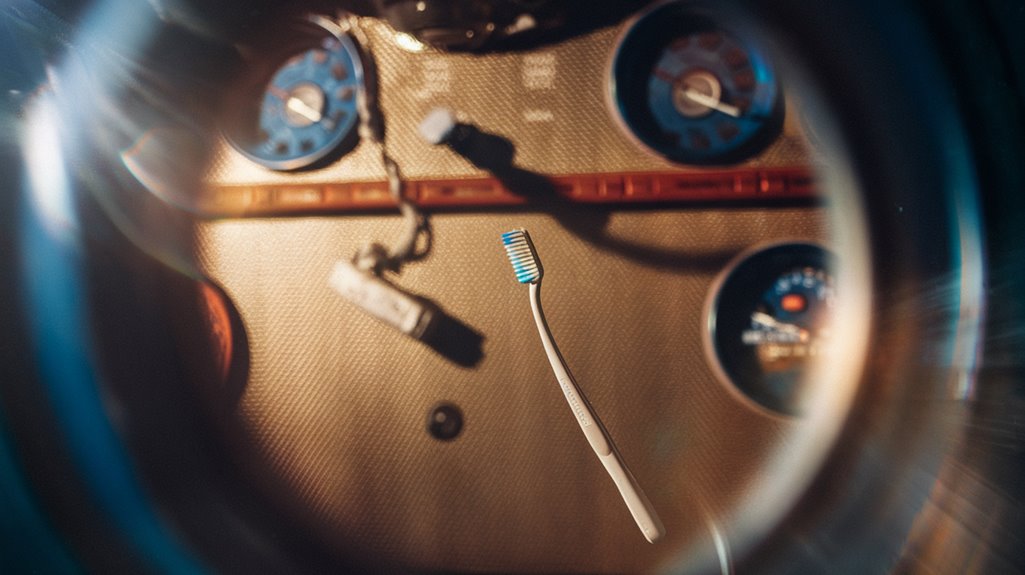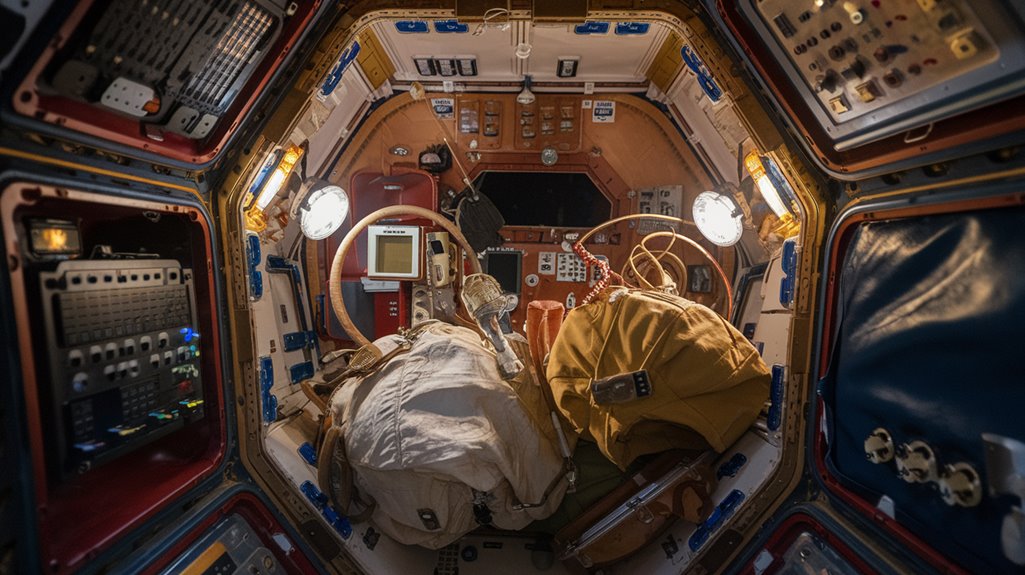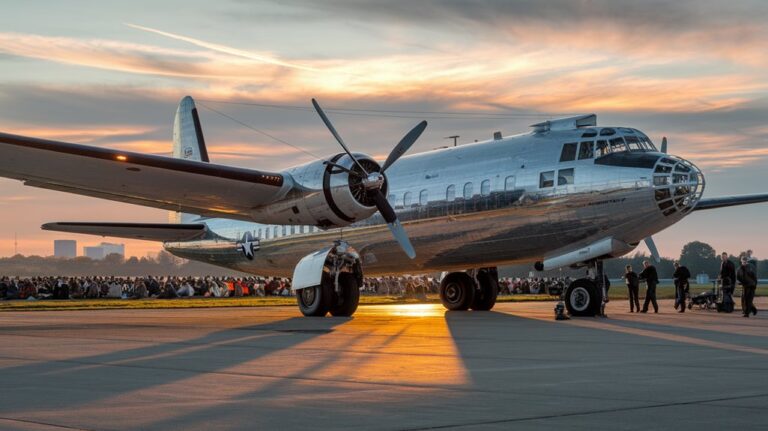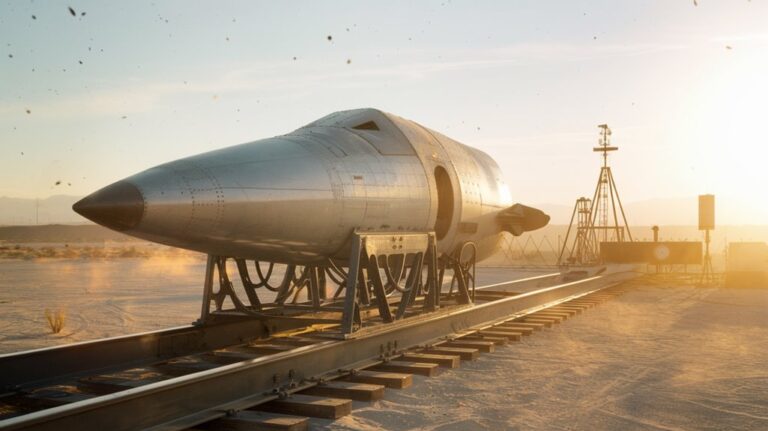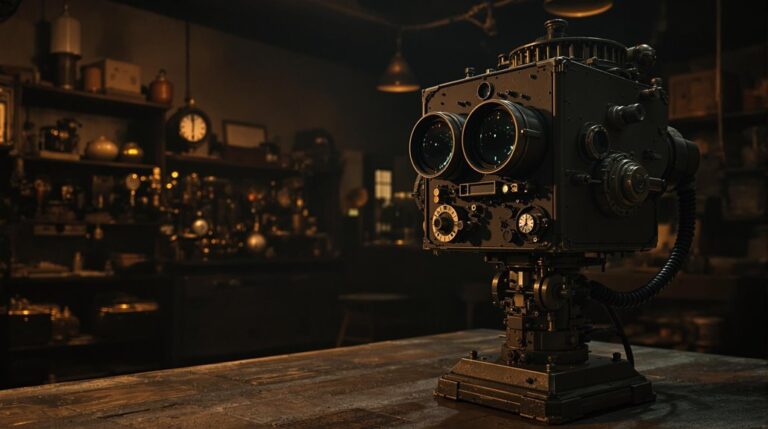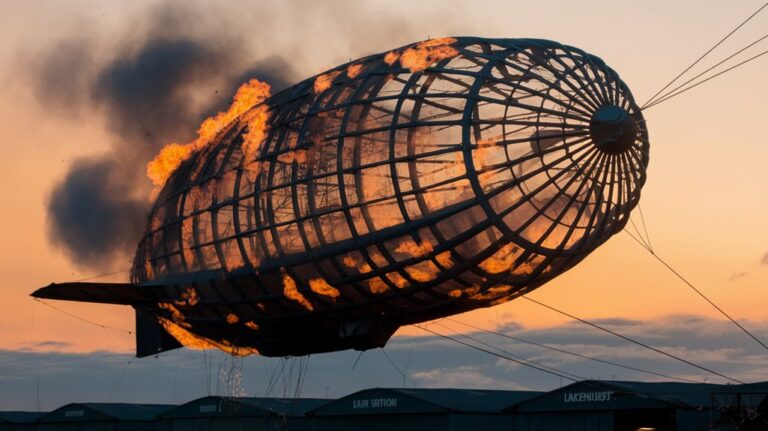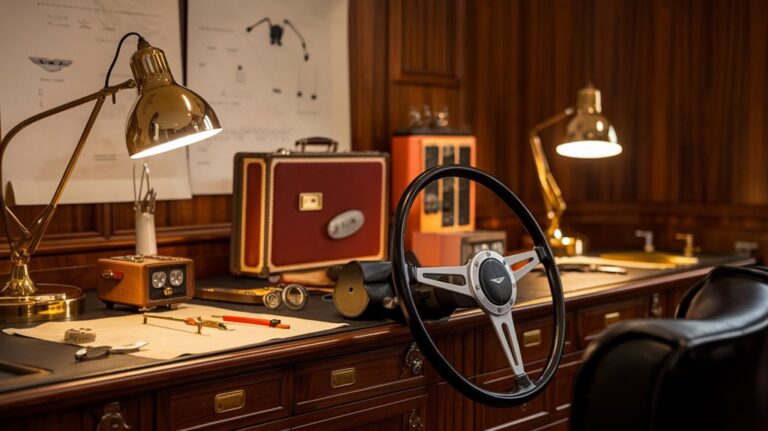The First Woman Cosmonaut Forgot Her Toothbrush in Space
You might think packing for space would involve complex calculations and cutting-edge technology, but sometimes it's the simplest items that get overlooked. When Valentina Tereshkova made history as the first woman in space aboard Vostok 6, she discovered she'd forgotten her toothbrush. This seemingly minor oversight offers a fascinating glimpse into the human side of space exploration, where even pioneering cosmonauts face surprisingly ordinary challenges. What happened next would shape future mission protocols.
A Historic Launch Into the Unknown
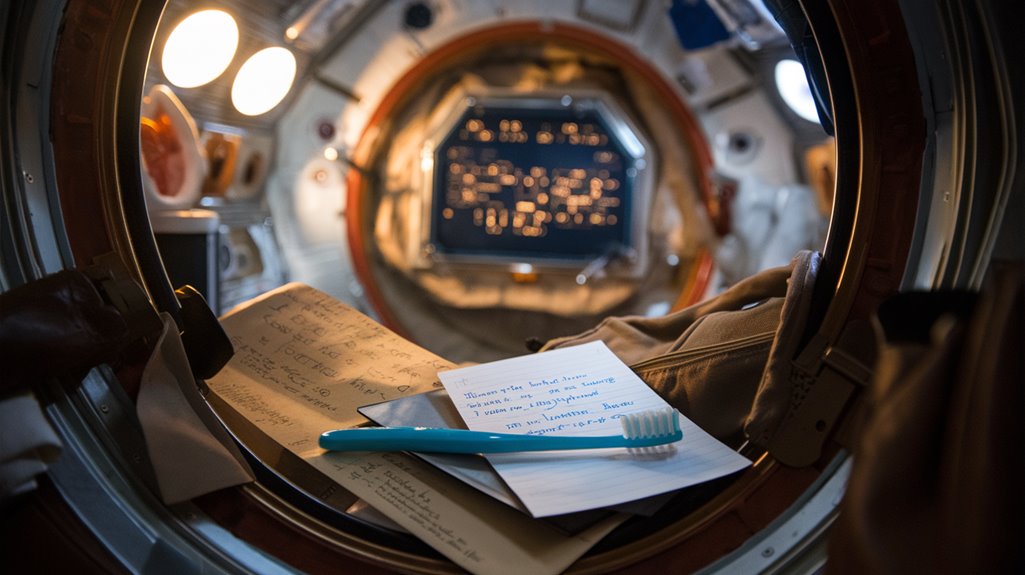
While the space race captivated the world in the 1960s, the Soviet Union made history by selecting Valentina Tereshkova, an experienced skydiver with 126 jumps, to become the first woman in space.
After beating out 400 other candidates, Tereshkova underwent 18 months of rigorous space training alongside four other women. Her mission aboard Vostok 6 launched on June 16, 1963, marking a breakthrough for gender equality in space exploration. Premier Khrushchev saw her mission as an opportunity to demonstrate Soviet women's equality over the United States.
You might be surprised to learn that during her 70.8-hour flight, she orbited Earth 48 times and came within three miles of Vostok 5, piloted by Valeri Bykovsky. During her historic three days in space, she maintained her composure even when faced with everyday challenges like forgetting her toothbrush.
Despite facing a potentially catastrophic navigation error, Tereshkova's quick thinking saved the mission, proving that women could handle the challenges of spaceflight just as effectively as their male counterparts.
Daily Life and Challenges Above Earth
Though Tereshkova's pioneering mission lasted just three days, it revealed the complex reality of living in space. You'd think sleeping would be simple in zero gravity, but astronauts face unique challenges with their sleeping arrangements. Without proper ventilation, they risk oxygen deprivation, and floating freely can result in unexpected collisions with equipment.
Nutrition challenges were equally challenging. You can't just sit down for a regular meal when everything floats away. Today's space programs use specialized plastic bags, straws, and magnetic utensils to manage this issue. Disposable clothes are worn for days at a time since there are no laundry facilities in space. The young cosmonaut had to resort to using her fingers to brush teeth without a toothbrush during her historic flight.
Even your taste buds work differently in space – spicy foods become a favorite as normal flavors seem dulled. Beyond these daily obstacles, astronauts must cope with serious health risks, from motion sickness to DNA damage from cosmic radiation, making space living a constant test of human adaptation.
Mission Equipment and Notable Oversights
Three key aspects defined mission equipment success in early space travel: tool design, transfer methods, and secure storage.
You'll find that tool design focused on versatility, with multi-purpose tools selected for both planned and unexpected maintenance tasks. Every size of socket and wrench had to be included, as you couldn't simply run to the hardware store in space.
Tool retention proved equally critical, with specialized caddies and fire-retarded foam cushions keeping equipment secure during missions. Non-flammable cue cards provided critical procedural guidance during spacewalks.
Even small oversights could impact astronauts considerably – just ask Valentina Tereshkova, who famously lacked a toothbrush during her historic flight.
This oversight highlighted the importance of thorough checklists and meticulous planning for all space missions, ensuring astronauts had every essential tool and personal item they needed while orbiting Earth.
Breaking Records and Making History
History changed forever on June 16, 1963, when Valentina Tereshkova became the first woman to journey into space aboard Vostok 6.
During her three-day mission, she completed 48 orbits around Earth and established communication with fellow cosmonaut Valeri Bykovsky in Vostok 5, coming within three miles of his spacecraft.
As one of the most significant female pioneers in space exploration, Tereshkova's achievement marked a vital step toward gender equality in a male-dominated field.
Her success demonstrated that women could perform equally well in space missions, though it would take nearly two decades before another Soviet woman, Svetlana Savitskaya, followed her path.
You'll find Tereshkova's legacy continues to inspire generations of women in space programs worldwide, from NASA's first female astronauts to today's commanders of space missions.
The Descent Back Home
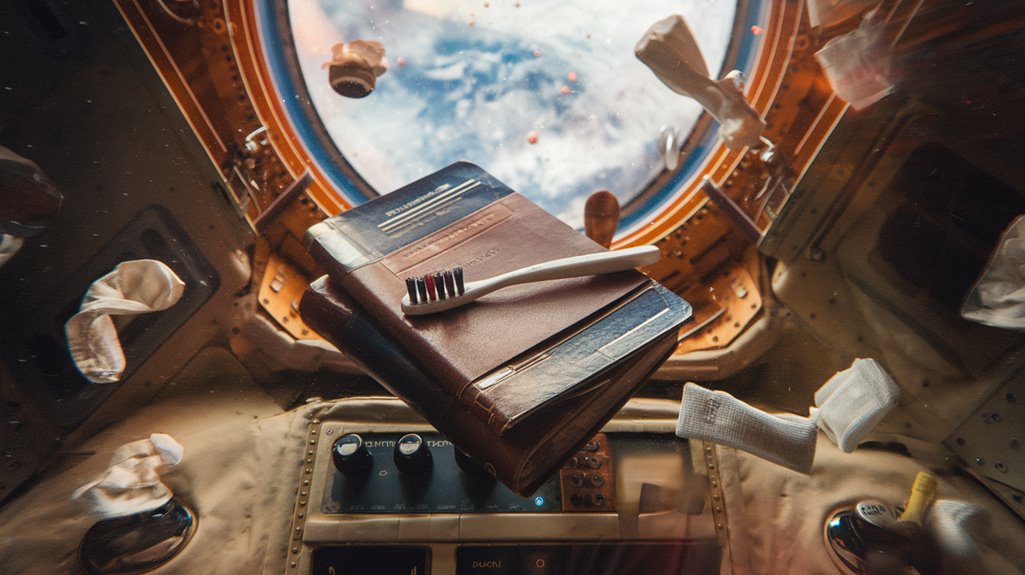
After completing her historic mission, Tereshkova faced a harrowing descent that nearly ended in disaster when she discovered Vostok 6's guidance system was programmed to ascend rather than descend from orbit.
You'd think that would've been the worst of it, but during re-entry complications struck when communications equipment failed, leaving her to manage the descent trajectory alone at a blistering 16,750mph.
As a skilled parachute jumper since 1959, her extensive experience would prove vital for the mission's conclusion.
The ship's incorrect configuration could have been catastrophic, but Tereshkova's swift action in contacting ground control helped avert disaster.
The 2.6-ton spacecraft showed intense scorch marks as it plummeted through Earth's atmosphere. Without ground control's guidance, Tereshkova had to rely on her parachuting expertise for the final phase.
She ejected from the craft and landed safely in Bayevo, Altai Krai, after 71 hours in space. Today, a statue commemorates the spot where she touched down, marking the end of her groundbreaking solo mission.
The Space Race's Defining Moment
Tereshkova's landing marked more than just the completion of her mission – it represented a major Soviet victory in the intensifying Space Race. As both superpowers worked for dominance in space exploration, her flight in 1963 demonstrated the USSR's commitment to pushing boundaries, not just technologically but socially through gender equality.
You can trace the Soviets' commanding lead through their string of firsts: launching the first ICBM, orbiting Sputnik 1, sending Laika to space, and putting Yuri Gagarin in orbit. The famous scientist Sergey Korolev led these achievements as the chief designer of the program. The Soviets further demonstrated their space capabilities when they achieved the first dual crewed spaceflight with cosmonauts Nikolayev and Popovich in 1962.
By making Tereshkova the first woman in space, they'd secured another significant milestone two years before Alexei Leonov's historic spacewalk.
While the Americans would eventually claim the ultimate prize with Apollo 11's Moon landing in 1969, the Soviets' early achievements, including Tereshkova's flight, had already reshaped humanity's relationship with space.

